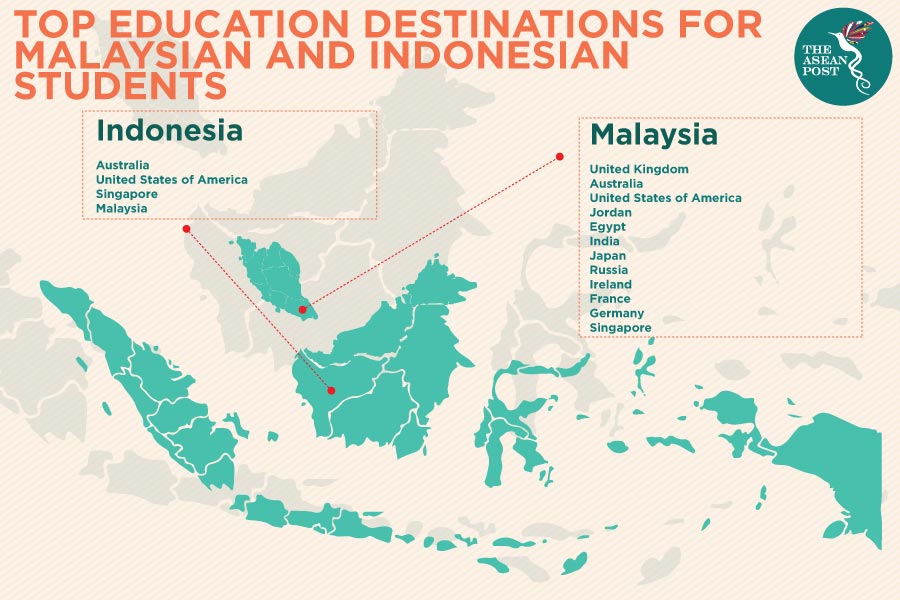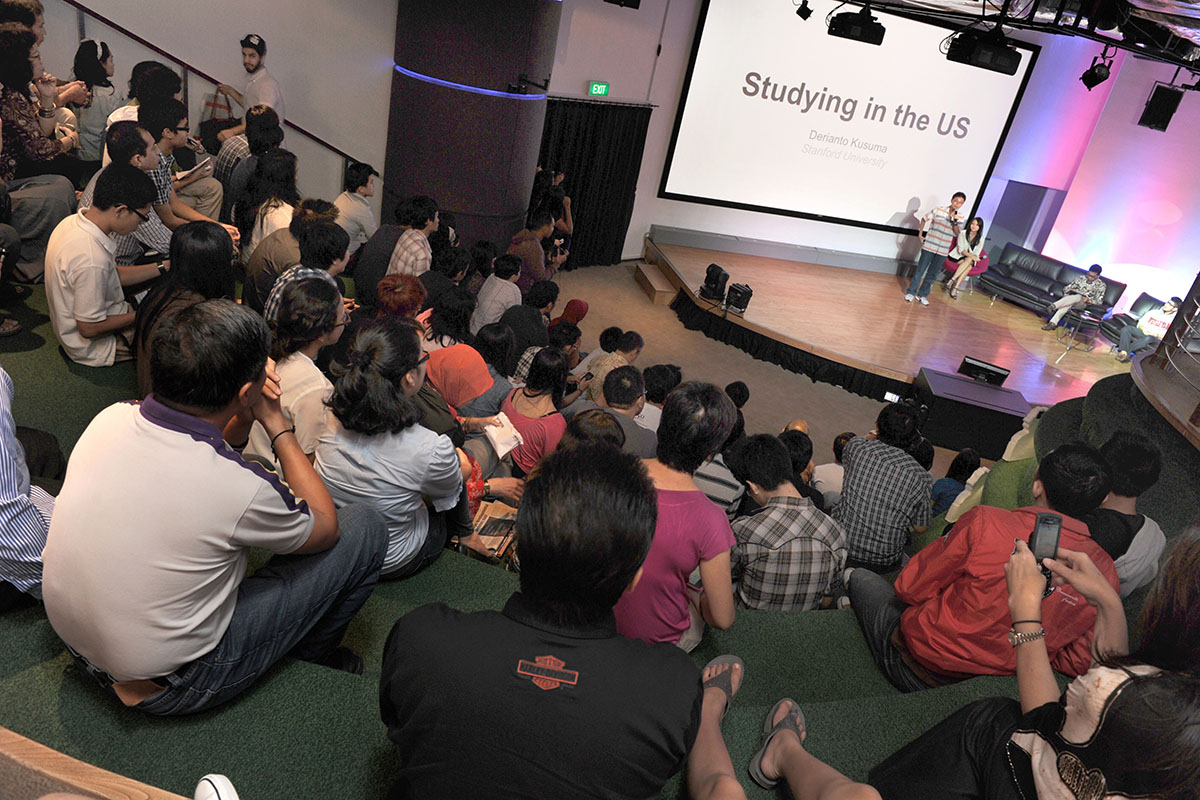Education policies are a vital function in transforming the education landscape and configuring the learning outcomes of any nation. A prominent feature of a successful educational transformation is that it’s guided by a clear goal or vision. This would ideally be implemented through coherent planning, micro-management and a constant monitoring process. However, the education policy in ASEAN (Association of Southeast Asian Nations) countries do not share a clear and common education policy, with each country choosing to prioritise various aspects of their educational landscape to focus on and further develop.
Two ASEAN countries that are currently dealing with this issue are both Malaysia and Indonesia. These two countries have implemented their own education system to further develop human capital unique to each nation. Despite their inherent structural differences both the countries seem to be encountering the same challenges within their education system.
The lack of strong education policy and the quality of the public education system has gradually led to the increasing outbound mobility that is currently experienced by both Malaysia and Indonesia. This problem starts with students in primary and secondary education opting for international or private schools while tertiary level students are travelling overseas to further their studies and eventually settling down in those countries.
At the same time, the number of private institutions in Malaysia increased from six in 2001 to 400 by 2013. According to a research conducted by the ICEF Monitor, both Malaysia and Indonesia have also witnessed strong growth in outbound mobility among students. Over the last decade, the number of Malaysian students studying abroad has increased from nearly 47,400 students in 2005 to just under 65,000 in 2015. On the other hand, neighbouring country Indonesia has experienced a 35 percent increase over the last decade, with 42,000 Indonesian students enrolled in higher education abroad in the same year.

Indonesia and Malaysia are both at a different stage with handling the issue of outbound student mobility. Due to Indonesia the sudden increase of students studying abroad over the last decade, the country was not prepared to handle the eventual drain it would leave on its workforce. The archipelagic nation – whose aim it is to be in the top 10 economy globally by 2030 – finds its plans hindered by the brain drain in the country. The evidence of the backlash was found in a study by World Bank that stated the number of Indonesians with tertiary degrees would need to triple if the country is to fully develop to its economic potential.
Malaysia, on the other hand, has been sending students away to study abroad since the 1990s. However, it has come up with a more elaborate plan to reduce the study abroad process. The Malaysia Education Blueprint – created in 2013 – is a 12 year plan to re-establish the trust in public education as well as to open up Malaysia as a viable tertiary education option for foreign students.
Hayati Ismail, a Senior Lecturer from USIM (Islamic Science University of Malaysia) who worked on the Malaysia Education Blueprint during her time with PADU (the Education Performance and Delivery Unit) under the Ministry of Education, responded to The ASEAN Post via an email which explained Malaysia's plans in improving the nation's education system.
“The MEB (Malaysia Education Blueprint) 2013-2025 aims to put Malaysia among the top one third of the best education systems in the world beyond 2025. For an education system to be effective in ensuring student outcomes in meeting current and future needs, the Ministry has outlined 10 shifts to establish an efficient delivery system in order to bridge the gap between policy and implementation. The Ministry has made significant improvements in the education system under the Blueprint since 2013. Anchored on the Five System Aspirations – access, quality, equity, unity and efficiency, the implementation of the Blueprint has been sequenced in phases or Waves,” Hayati elaborated.
When asked about the decline of enrolment in public schools, with families preferring private and international schools, Hayati said the ministry remains open to the preference of the parents to send their children to private and international schools, but also other registered private education institutions such as Tahfiz.
“There are no shortcuts in the process of ensuring quality education is provided to all Malaysian children. The system needs to undergo continuous development and evolution process and transform to meet the demands in the Fourth Industrial Revolution and its impact on human culture and values. The Malaysia Education Blueprint (MEB) 2013-2025 is all about putting the trust back into the education system as various initiatives implemented in Wave 1 (2013-2015) have shown significant achievements.”
As socio-economic developments are a focus within the ASEAN region, setting up a standardised education system across all 10 nations could pave the way to a unified future. This could transfigure outbound student mobility from circulating outside the ASEAN region into working on developing the regional bloc from within. If such a proposal should come to fruition the policies and systems in place would need to address all of the components, in a coordinated and coherent way. This is so that the changes, in turn, become mutually reinforcing and promote continuous improvement and development, of which the ASEAN region aims to achieve.
